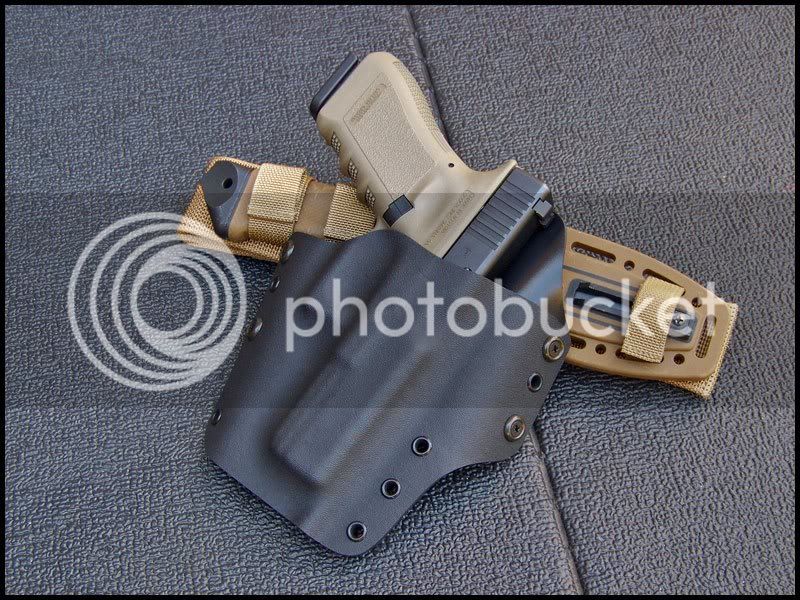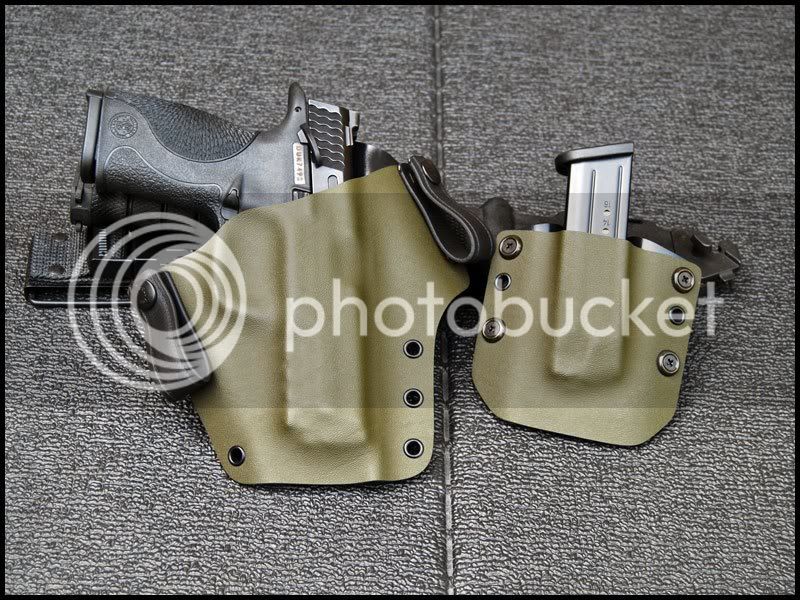So does your car have half integer spin or integer spin?
Chuck
Nobody really knows what spin is, much beyond the fact that it is an
attribute of an elementary particle. Charge, mass, speed, energy, and angular momentum are among other attributes. You've probably noticed that some of these attributes are intrinsic to the particle and can't be changed (e.g., mass, charge), while others can be gained and lost (e.g., speed, angular momentum). Spin is actually
two attributes, one of which is intrinsic, the other of which can be
gained or lost.
More about this later.
Although we do not have a deep understanding of what spin is, we do have a mathematical description of how it behaves -- in particular, of how the total spin of a system of particles depends on the spins of the constituents. This allows us to compare spin's behavior to the behavior of other things that we feel we understand better. One thing
we have noticed is that spin behaves a lot like angular momentum (which also is really two attributes).
Angular momentum is a vector quantity (something that has both a magnitude and a direction, like velocity) that can take on only certain values in quantum mechanics. Think of angular momentum as an arrow of some length that can point in different directions, but you cannot ever have complete information about the direction. In particular, if you have measured the projection of the arrow along the z axis, you have
gained a clue about what the total angular momentum might be, but you have also destroyed any information you might have had about its projection along any other axis.
Another thing we know about angular momentum is that, in quantum
mechanics, it cannot take on just any old values, but only certain specific ones. If a particle has three units of total angular momentum, then its projection can be any of (-3, -2, -1, 0, 1, 2, 3) and that is it: projections must differ by an integer number of units. Very weird, but quite
a handy fact: if you know that a particle's angular momentum can take on only two different projection values, then you know its total angular momentum must be 1/2, and the projection values are (-1/2, 1/2). If you know there are three projection values, then you know the
total angular momentum is 1, with projections (-1, 0, 1).
Spin acts like this, so everything you've just learned about angular
momentum is also true of spin. In fact the mathematical description of the way spin behaves is so similar to the math of angular momentum that we can even do a mathematical trick that allows us to
pretend that spin and angular momentum can be added together. However, the magnitude of the spin quantum number is an intrinsic attribute of a particle. All electrons have total spin 1/2, with two possible projection values, as we've seen. The projection can be changed, but the total spin of 1/2 is fixed for all time. It is part of the
definition of an electron. All photons have spin 0, and for them "projection" does not seem to make much sense, but it is
clear anyway that the number of possible projection states is one.
A curious and very mysterious thing is that the quantum mechanical rules for particles that have integer spin are very different from the rules for particles with half-integer spin.
All the half-integer particles (e.g., electron, proton, neutron) must be
distinguishable from each other: if they are in the same system, they must differ in at least one quantum number.
Not so for the integer-spin particles (e.g., photon, meson, gluon). These are allowed to be indistinguishable, and they can all have the same quantum numbers including position. It so happens that particles with half-integer spin are the particles we think of as making up matter,
and the particles with integer spin are those we associate with forces.
Why spin should be the thing that distinguishes stuff from the forces between stuff is unfathomable to me, and that spin
should do this in such an apparently arbitrary way (half-integer as
opposed to integer) suggests to me that our understanding is fundamentally flawed, and that the real answer to your question
-- if we ever discover it -- will be part of a deeper understanding of
/way/ more than spin.


















